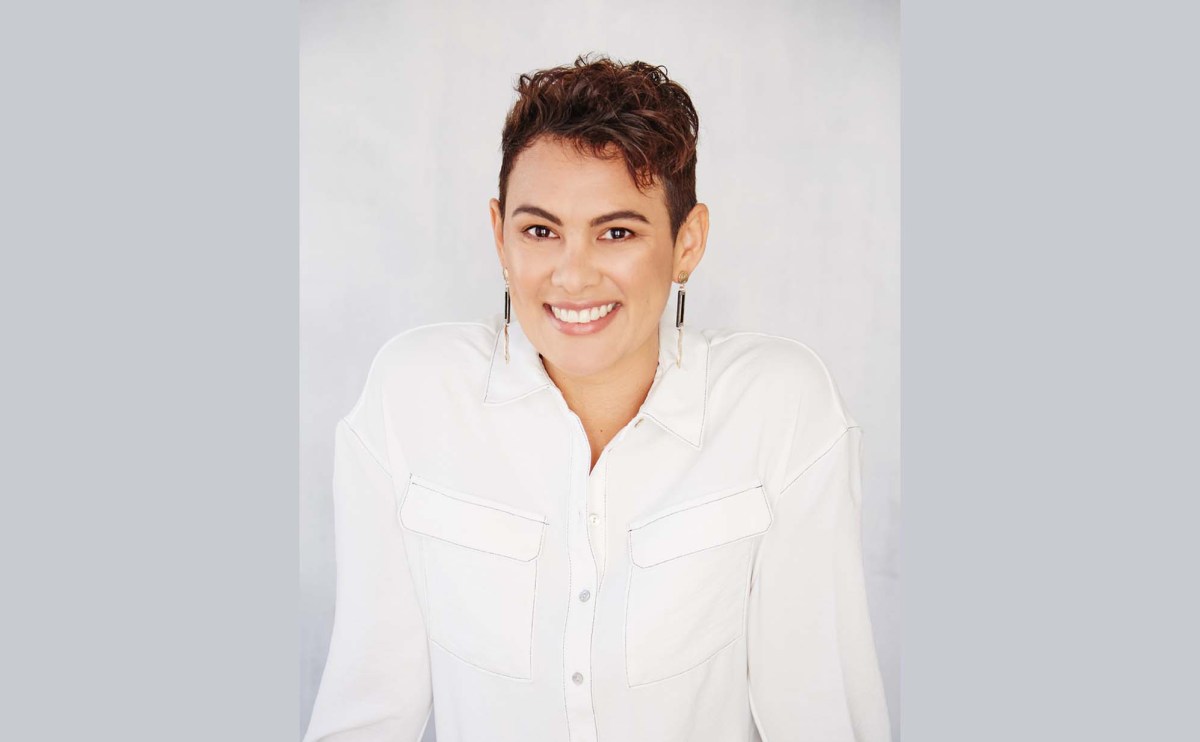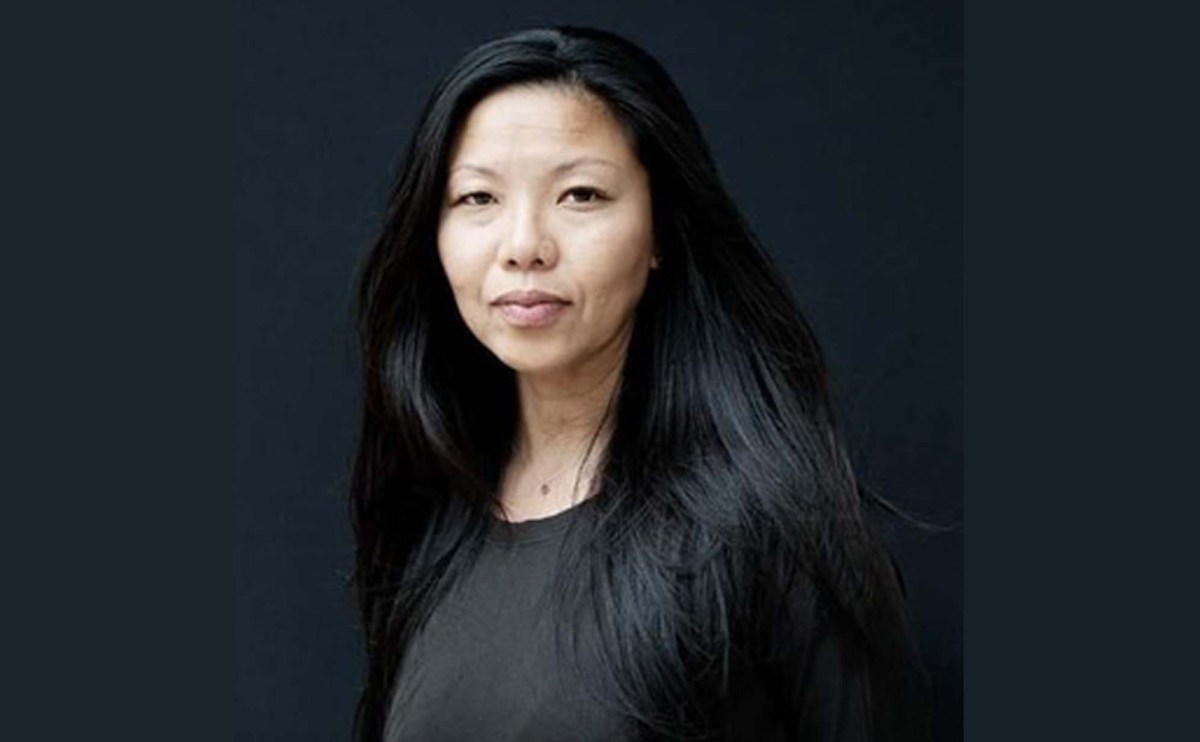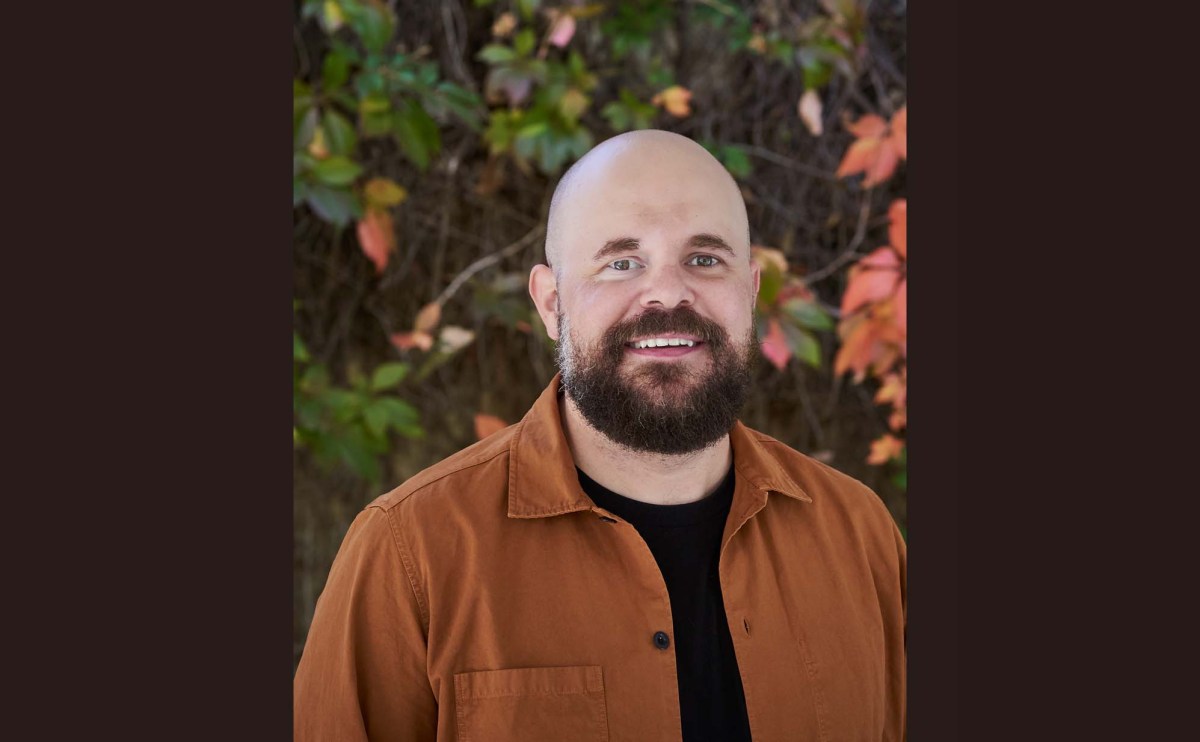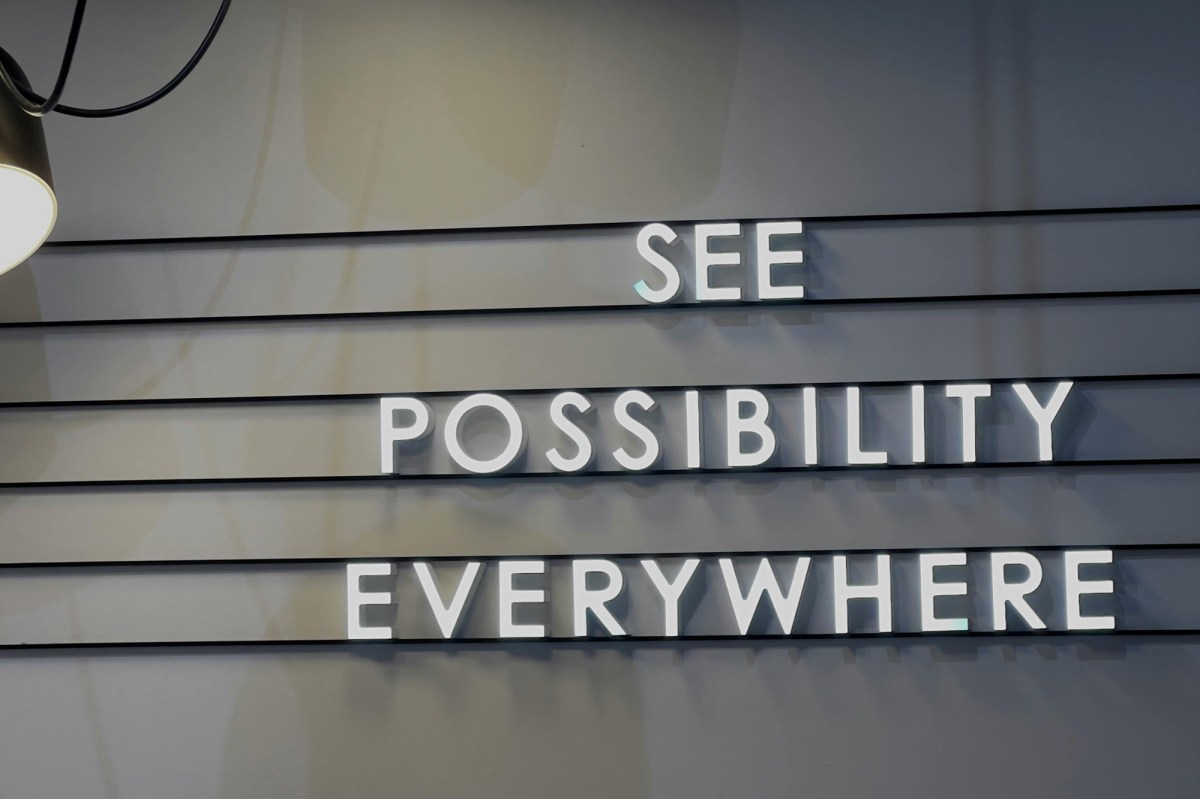Jump to:
If you are not familiar with the concept of a portfolio career, it’s a basically a catch-all term for people whose working lives do not unfold as a single-track pursuit in one discipline alone.
Instead, these people most often work in multiple part-time jobs or across freelance projects, and may be seem in different sectors at once. Or, they may work in one role for a period of time before they take up a related, yet fundamentally different, job after that.
This working style sounds like a lot of fun with never a dull moment in sight. But managing these multifaceted, multi-skilled careers and income streams is a fine art in itself, and is not everyone’s cup of tea.
So, if you are curious to know if this career-style is for you, or you need help refining your own multitasking work techniques, read on for some top shelf advice from our first three stellar arts professionals who know how it’s done.
Kylie Bracknell, writer, director and actor

Areas of work: I am currently writing for children’s television and awaiting a shooting schedule for my role in an Australian comedy drama television series created for Netflix. Quite recently I co-produced, directed and performed in a large-scale event for a major festival in Western Australia. I am also managing my singer-songwriter husband, as well as performing backing vocals for him, mainly because they’re all in Noongar language and not many people can speak that language, let alone sing in it.
Qualifications/training: Much of my training across my 28-year career to date has been (successfully) on the job. However, I began my acting career with a performer traineeship in 1997 at Yirra Yaakin Theatre Company, where I also acquired training certificates in arts marketing and management, as well as accounts management.
Was a portfolio career a deliberate choice? Or more in response to market/arts sector demand? It’s a bit of column A and a bit of column B. My desire to continually grow and expand my knowledge drives me to try different things.
I also received impeccable advice when I started out in the creative arts. My manager at the time understood my ability to be agile and my keenness to learn and excel in various roles. This versatility has certainly propelled my arts career and encouraged me to embark on exciting new opportunities when they arise. I care a great deal about leadership in the arts and want to make a valuable contribution to my industry and the people in it.
Biggest career break: My biggest career opportunity as a creative was successfully adapting, co-translating and directing Hecate, a full Shakespeare work in the endangered Noongar language, my mother tongue. Saving our dying language and storing it back inside the people the language belongs to, using arguably the most famous western canon text in the world, was an incredible feat.
I did it for my people and in particular my cousin, Kyle J Morrison, who dreamed the impossible with little support. This work was a decade in the making and won me a Sydney Myer Performing Arts Award. Hecate was an incredible moment for Noongar language and ground-breaking in Australian theatre.
As an actor, my biggest career opportunity was landing my first major role on screen playing Piper in Irreverent for Netlflix. A wonderful team to work with led by showrunner and creator, Paddy Macrae.
Read: Top 3 tips for emerging directors
Biggest mistake: Saying ‘yes’, too many times, to the things that didn’t align with my goals or life purpose.
Best thing about my portfolio style arts working life at the moment:
- meaningful collaborations
- genuine and exciting new opportunities
- feeling like my arts leadership is seen and valued
- utilising and sharing my arts knowledge with the next generation of artistic dreamers and doers
- my strong foundation, flexibility and solid maturity – being absolutely sure of what is needed to successfully deliver big artistic gifts to the world
- restoring our connection to on-Country performance on a major scale
- maintaining an equilibrium of serving my family, the arts, my people, my boodjar (homelands) and my culture
- masterfully aligning all of them where possible, and
- celebrating the love, trust and respect that comes my way from all the incredible artists, producers, programmers and general arts advocates in my hometown and abroad.
Worst thing: Managing busy and ever-changing diaries and schedules with my family. Having artists eagerly waiting to work with me (again), but being dependent on institutions to green light funding and programming.
Best portfolio-style work day hacks:
- taking my laptop to a favoured café, ordering the fuel I need, then getting to work
- spacing out my in-person meetings
- scheduling afternoon nano naps (parent life!), and
- limiting screen time to make room for dream time.
Best advice for up-and-coming freelancers about how to manage this style of career:
- Be selective. Choose the work that best aligns to your goals of growth, development and practice – it’s a marathon, not a sprint.
- Don’t rush into anything or overcommit.
- Don’t say ‘yes’ to more than you can deliver.
- If you admire someone and wish to work with them, ask (tell) them! Build and maintain strong professional relationships.
- Always choose the best collaborators.
- Learn to be flexible, agile and comfortable with change.
- Be appreciative.
- Serve the work always.
- Be a great listener and be conscious of the contribution you’re making with and for others.
- Prioritise quality over quantity.
Jacky Cheng, visual artist and arts educator

Areas of work: Visual arts and arts education.
Qualifications/ training: Bachelor of Architecture (First Class Honours), University of NSW; Certificate IV in Training and Assessment, TAFE; Masterclass in Printmaking with Jordi Rosés, Spain
Was a portfolio career a deliberate choice? Or more in response to market/arts sector demand? I don’t think it has been a matter of choice, but more like ‘luck’, and about being in the right place at the right time, and also having a pinch of bravery.
My interest in education/teaching/mentoring began during my second last year at university, when I was approached by my lecturer to engage with first and second year architectural students in an Architectural Communications unit. Another opportunity to teach came during my final year of my architecture degree and I taught an elective class for two years. I got a real kick out of engaging with students on their projects and their fearless potential, which empowered me to be brave and make the jump into the creative industry.
Then, when I moved to Broome, WA, another opportunity arose for me to teach at the local TAFE, where I was sent out to a remote Aboriginal community to run engagement sessions – painting and drawing classes (and that experience was also life-changing/career-changing).
Now, as a freelancer, I am flexible in my work/travel choices and I’m able to respond to the market where it needs me and my expertise.
Biggest career break: (Somewhat ironically) it was moving from a big city on the east coast to a regional one on the west coast.
Biggest mistake: During an artist residency I did a few years ago, I was paired with someone who was mishandling the residency opportunity and not doing the right thing by the organisation. Luckily, it was a temporary situation, but it was difficult to manage. Ultimately, though, it was a professional learning experience for me.
Best thing about my portfolio style arts working life at the moment: It has a sense of rigour with flexibility, as well as being authentic and fun. It’s also organised and a bit freakishly obsessed with documentation at times.
Worst thing: Not knowing when the next job is. I look forward to a progressive government [that] adopts a universal basic income scheme for artists and arts workers. We should have this policy in place by now.
Best portfolio-style work day hacks:
- start work early
- no scrolling on phones between 10am and 2pm
- prepare schedule emails to send for 8am tomorrow.
- studio work continues until approximately 5.30pm, and
- make sure there is some free time to wonder.
Best advice for up-and-coming freelancers about how to manage this style of career: There is no right or wrong way of doing it. Just do it your way and be reciprocal in your connections. Relationship building takes time. Be kind.
Glenn Iseger-Pilkington, curator and arts manager

Areas of work: I am currently Director of Content, Strategy and Partnerships for the Aboriginal Cultural Centre Project for the Department of Local Government, Sport and Cultural Industries WA. This is a significant role in planning for a statewide Aboriginal Cultural Centre to be located on the traditional lands of the Whadjuk Noongar people in Boorloo (Perth).
Qualifications/ training: Bachelor of Arts (Visual Arts, majoring in printmaking). When I think of my career, though, my most important and ongoing training has been offered by family and community, here and with First Peoples abroad, learning about Culture, Country and kin.
Was a portfolio career a deliberate choice? Or more in response to market/arts sector demand? My career has been an evolution and, while I have worked across art forms, or cultural expressions, in different kinds of organisations with unique remits, in government and have also run my own consultancy, I’ve never considered or termed my professional experience as a portfolio career. Being an Aboriginal person who works extensively with Aboriginal and Torres Strait Islander peoples, my focus has been on working in spaces that I felt I could best contribute to, at times of my career when I was best placed to do so, professionally and personally.
Biggest career break: My most formative experience was working at the Art Gallery of WA as Associate Curator (2007 – 2014). In this role, I was surrounded by incredible curators, each with their own unique approaches to curating, which really helped me find my own way to share stories. This role also offered me an incredible professional experience working on local, national and major international projects. At a young age, this experience absolutely set the course of my career.
Biggest mistake: I don’t believe in career mistakes, only career lessons and learnings. In every role I have made mistakes, it’s a part of our professional journey, our own growth, and helps us do better and be more effective. Sometimes mistakes are made by those employing us, bringing us in to make change that perhaps an organisation isn’t quite ready for, but at the same time, these organisations learn from these decisions too.
Best thing about my portfolio style arts working life at the moment: Learning. The project I am working on right now has an incredible team, with great representation of Aboriginal people, but also professional expertise across architecture, design, arts and culture, community engagement, strategy and governance.
Worst thing: After almost three years of making exhibitions as Curator at Fremantle Art Centre (which was my previous job to the one I am in now), I became used to the tangible experience of realising a creative vision.
The show opens, then you move back into development mode, and then three months later you celebrate another important moment with artists and storytellers. So, I’d be lying if I didn’t say I missed those opening nights and moments of celebration.
Best advice for up-and-coming freelancers about how to manage this style of career:
- Learn when to say ‘yes’ – with risk comes reward.
- Place value on your time – our knowledge and energy are valuable commodities and sometimes our generosity can be taken advantage of.
- Our creative skills are transferable and can be used in different settings, and sometimes other people may see how we fit into a project more clearly than we do ourselves, so be open to working on things that may not make sense upon first inspection.
- Learn when to say ‘no’ – not everything is an opportunity and not every opportunity is a good fit.
- Set healthy parameters around work/life balance, look after yourself, and remember that your family and friends need you, as much as you need them.
Look out for more profiles of portfolio career creatives in part 2 of this article next week.





